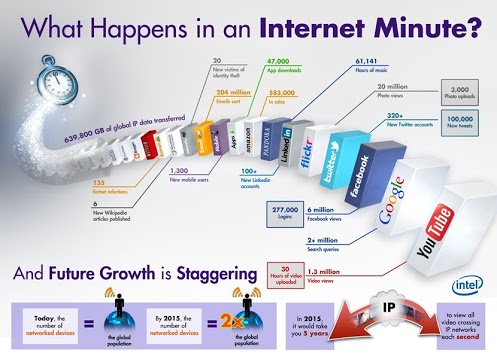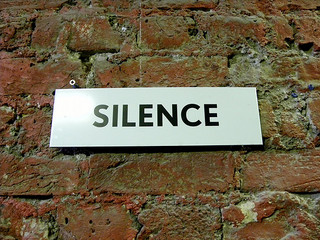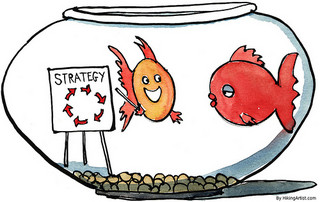 I’m too small–and too wise–to take on Big Tobacco by myself. So I will just comment on one specific, nefarious tactic being used right now as an advertising campaign in Switzerland. Billboards are warning young adults not about the dangers of smoking (except in the small font). Instead they’re encouraging them to smoke with four little words in very large type: ”Don’t Be a Maybe!”
I’m too small–and too wise–to take on Big Tobacco by myself. So I will just comment on one specific, nefarious tactic being used right now as an advertising campaign in Switzerland. Billboards are warning young adults not about the dangers of smoking (except in the small font). Instead they’re encouraging them to smoke with four little words in very large type: ”Don’t Be a Maybe!”
”Maybe” is such a powerful word and now quite a trendy one, it seems. According to a recent New York Times article by Ben Sisario titled The New Rise of a Summer Hit: Tweet It Maybe, Carly Rae Jepsen’s catchy song ”Call Me Maybe” was the longest running hit of the year in 2012 and stayed in the Number 1 spot for nine weeks.
It also spawned a series of viral internet Maybe videos, like the Cookie Monster’s ”Share It Maybe” and the political spoof with excerpts from Obama’s speeches knit together so that he seems to be singing ”Call Me Maybe.” Finally, if you want to see a funny video from a trade organization, look at the American Water Works Association video “AWWA Call Me Maybe.”
Being a Maybe person in business isn’t always a bad thing. Maybe can give you time to think things through more thoroughly so that your final decision is better considered. Maybe can give your organization time to catch up with you and align with your thinking.
But Maybe can also do the opposite and that’s the risk. Too much hesitation or ”analysis paralysis” can allow doors to close behind you and options to be taken off the table.
Do you know whether Maybe is hurting or helping your organization? Ask, assess, then act. We’re here to help so call me — no maybe!









